Understanding Permissionless Blockchain: A Beginner’s Guide
Blockchain technology has revolutionized the way we store, transfer, and verify data. It has the potential to disrupt various industries by providing secure and decentralized solutions. While there are multiple types of blockchains, one of the most commonly discussed is permissionless blockchain. In this beginner’s guide, we will explore what permissionless blockchain is, how it works, and its potential use cases.
What is Permissionless Blockchain?
A permissionless blockchain, also known as a public blockchain, is a decentralized digital ledger where anyone can join the network, participate in the consensus process, and validate transactions. It allows for transparency and immutability, making it an ideal solution for applications that require trust and security without the need for a central authority or intermediary.
How Does Permissionless Blockchain Work?
In a permissionless blockchain, the network participants collectively maintain and update the ledger through a consensus mechanism. Here’s a simplified overview of how it works:
1. Node Creation: Participants, known as nodes, join the network by downloading the blockchain’s software and connecting to the existing nodes. Each node receives a copy of the entire blockchain, which contains all the previous transactions.
2. Consensus Mechanism: Permissionless blockchains use a consensus mechanism, such as Proof of Work (PoW) or Proof of Stake (PoS), to agree on the validity of transactions and maintain the integrity of the blockchain. These mechanisms ensure that nodes reach a consensus without trusting a central authority.
– Proof of Work: In a PoW consensus, nodes compete to solve complex mathematical puzzles. The first node to solve the puzzle adds a new block of transactions to the blockchain and is rewarded with digital assets (e.g., cryptocurrencies). This process consumes significant computational power, making the blockchain secure against malicious actors.
– Proof of Stake: In a PoS consensus, nodes are selected to validate transactions based on the number of digital assets they hold. The more assets a node owns, the higher their chances of being selected. PoS requires nodes to lock up a certain amount of assets as collateral, incentivizing them to act honestly to avoid losing their stake.
3. Validation and Consensus: Nodes validate new transactions by verifying their authenticity and ensuring they follow the rules defined by the consensus mechanism. Once a transaction is validated, it is added to a block, which is then added to the existing blockchain.
4. Block Verification: All nodes in a permissionless blockchain continuously verify the newly added blocks. If a node detects any fraudulent or invalid transactions, it can reject the block, preventing it from being added to the blockchain.
5. Decentralization: The decentralized nature of permissionless blockchain means that every node has an equal say in validating transactions and maintaining the ledger. This redundancy ensures the network’s resilience against single points of failure and makes it difficult for malicious actors to manipulate the data.
Use Cases of Permissionless Blockchain
1. Cryptocurrencies: Permissionless blockchains like Bitcoin and Ethereum have revolutionized the digital currency landscape. They enable secure and trustless peer-to-peer financial transactions without the need for intermediaries like banks.
2. Decentralized Applications (DApps): Permissionless blockchains provide a platform for building decentralized applications. These applications rely on smart contracts, which are self-executing contracts with predefined rules. DApps can range from financial services to supply chain management, offering transparent and automated solutions.
3. Identity Management: Permissionless blockchains can streamline identity management by providing a verifiable and tamper-proof record of personal identities. This can be particularly useful in areas where individuals lack proper identification or in scenarios where digital identity verification is essential.
4. Supply Chain Tracking: With permissionless blockchains, supply chains can be transparently tracked from the origin to the final destination. This eliminates counterfeit goods, ensures product authenticity, and increases trust among the supply chain participants.
Frequently Asked Questions (FAQs)
Q1. Are permissionless blockchains truly secure?
Yes, permissionless blockchains offer robust security due to their decentralized nature and consensus mechanisms. However, no system is completely immune to all types of attacks. Nevertheless, permissionless blockchains have proven to be secure for a variety of applications.
Q2. Are permissionless blockchains scalable?
Permissionless blockchains face scalability challenges due to the need for all participating nodes to validate transactions. This results in slower transaction processing times compared to traditional centralized systems. However, ongoing research and development aim to address scalability issues and improve the efficiency of permissionless blockchains.
Q3. Can anyone participate in a permissionless blockchain?
Yes, permissionless blockchains are open to anyone who wishes to participate. All you need to do is download the blockchain’s software, connect to the network, and start validating transactions. However, certain consensus mechanisms might have additional requirements, such as owning a certain amount of cryptocurrency.
Q4. What are the advantages of permissionless blockchain over permissioned blockchain?
Permissionless blockchains offer transparency, censorship resistance, and a higher level of decentralization compared to permissioned blockchains. In permissioned blockchains, access and participation are restricted to a select group of entities, whereas permissionless blockchains are open to anyone, ensuring a more inclusive and democratic system.
In conclusion, permissionless blockchain is a powerful and disruptive technology that enables secure and decentralized solutions. Its transparency, immutability, and openness make it suitable for a range of applications, from cryptocurrencies to supply chain tracking. While permissionless blockchains face scalability challenges, ongoing research and development are continuously improving their efficiency and effectiveness. As this technology continues to evolve, its impact on various industries is bound to grow, revolutionizing the way we interact with and trust digital systems.
More in this category ...
Ripple companions with SBI Group and HashKey DX for XRPL answers in Japan
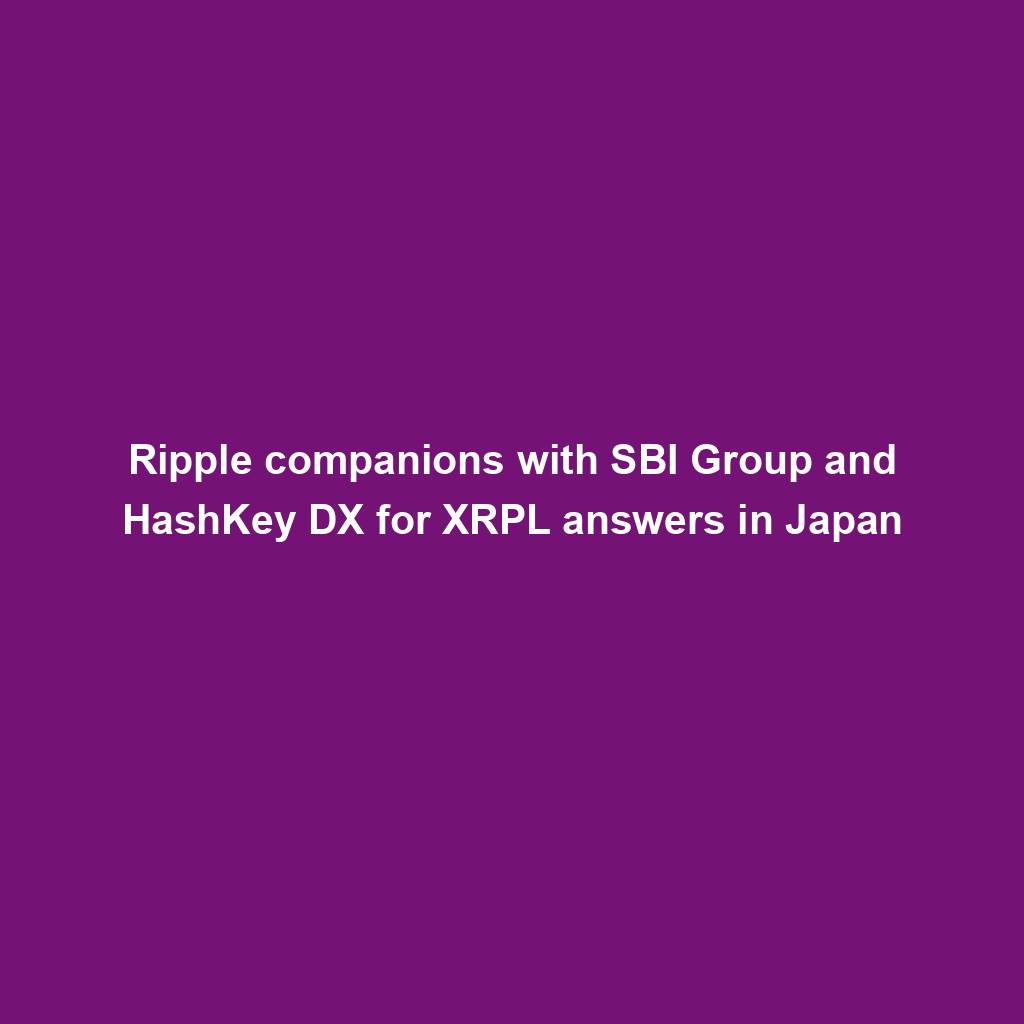
April sees $25M in exploits and scams, marking historic low ― Certik

MSTR, COIN, RIOT and different crypto shares down as Bitcoin dips
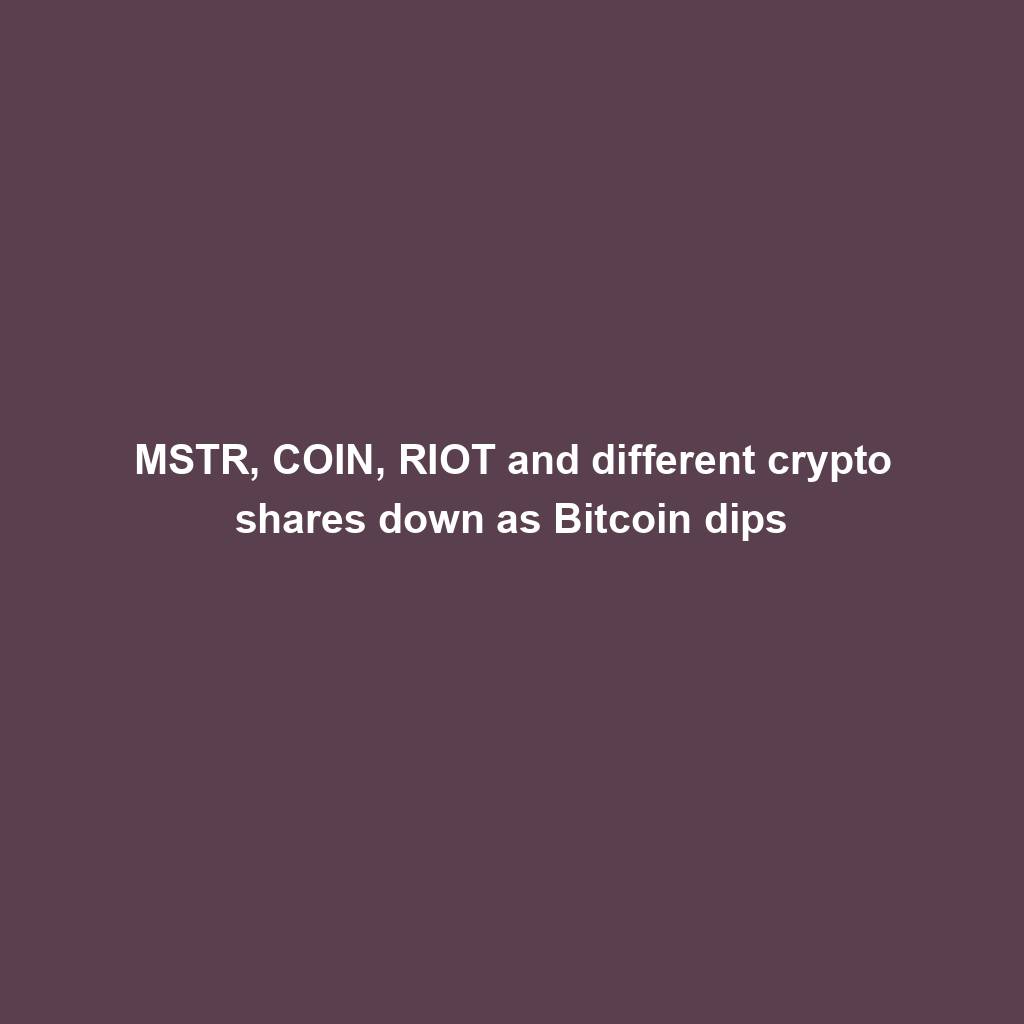
EigenLayer publicizes token release and airdrop for the group
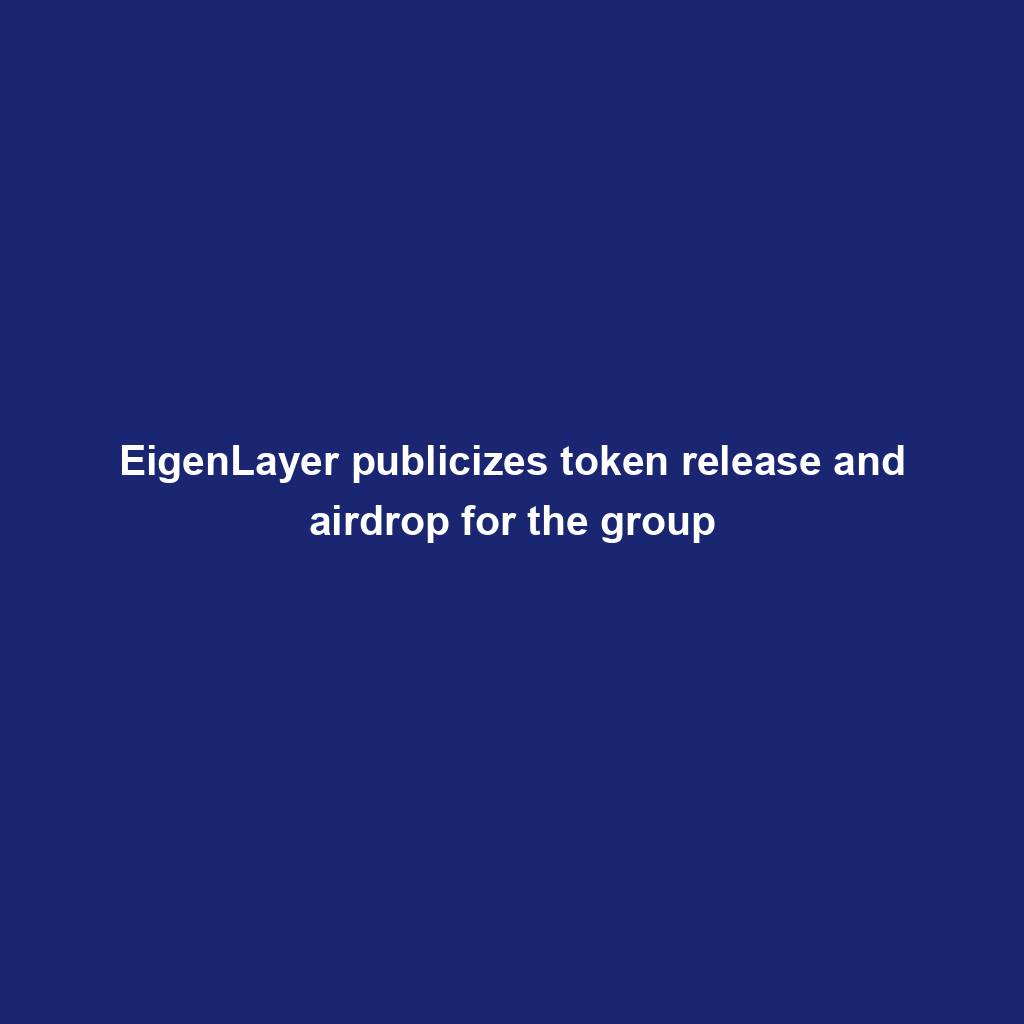
VeloxCon 2024: Innovation in knowledge control

Successful Beta Service release of SOMESING, ‘My Hand-Carry Studio Karaoke App’

Dogwifhat (WIF) large pump on Bybit after record reasons marketplace frenzy
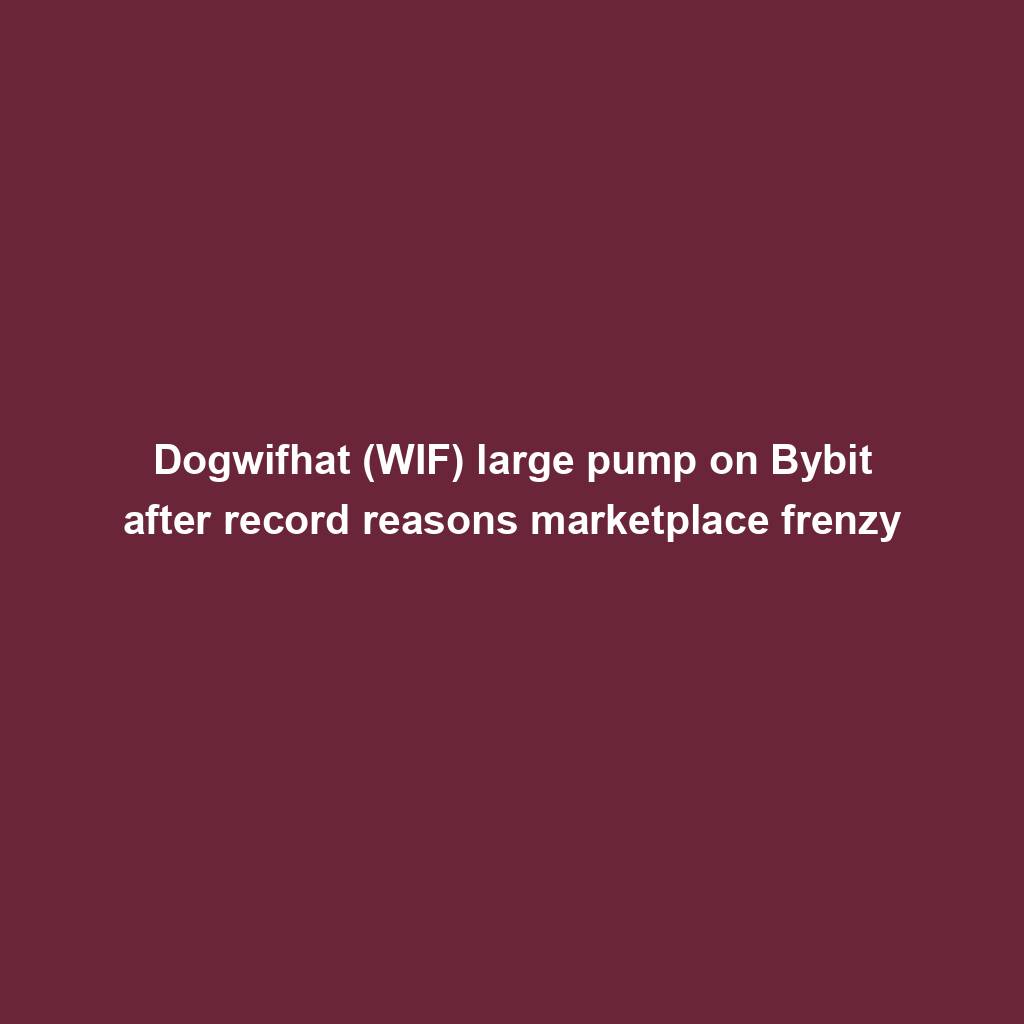
How fintech innovation is riding virtual transformation for communities around the globe
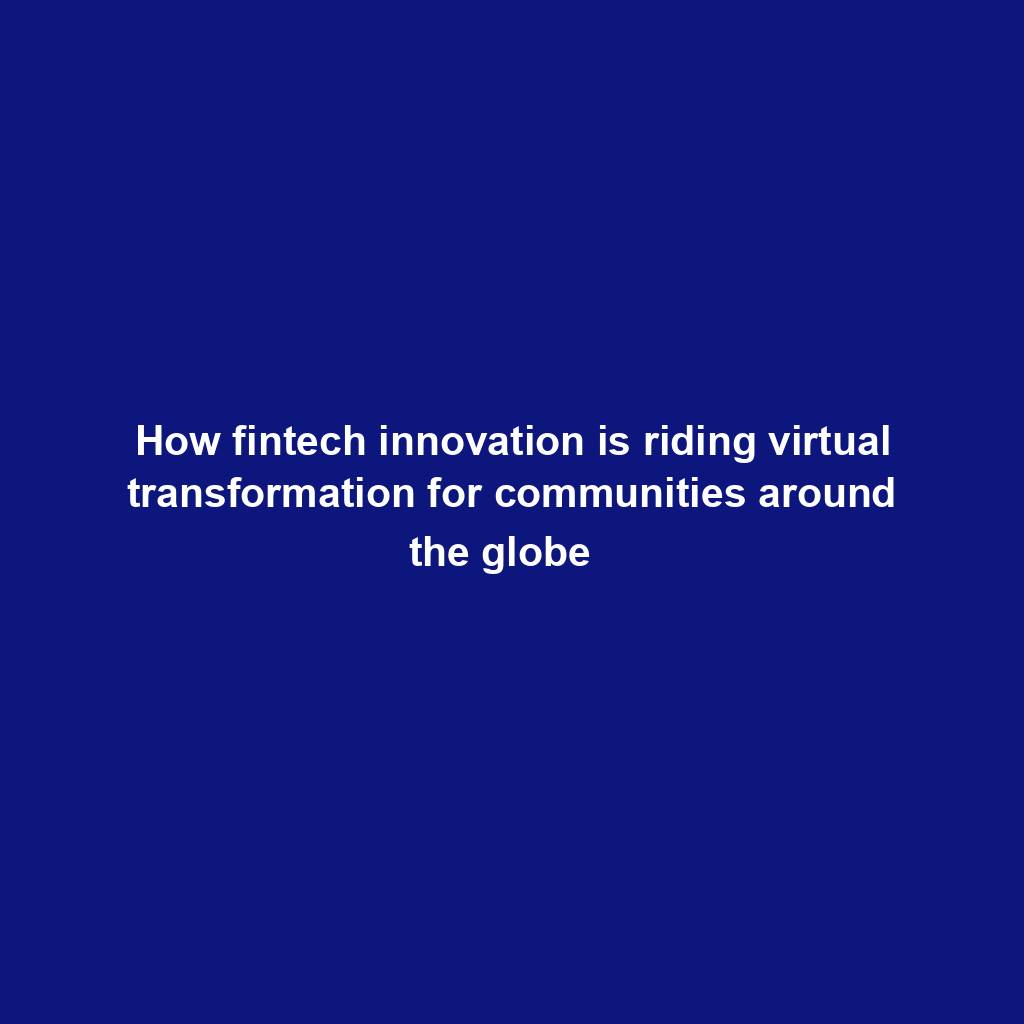
Wasabi Wallet developer bars U.S. customers amidst regulatory considerations
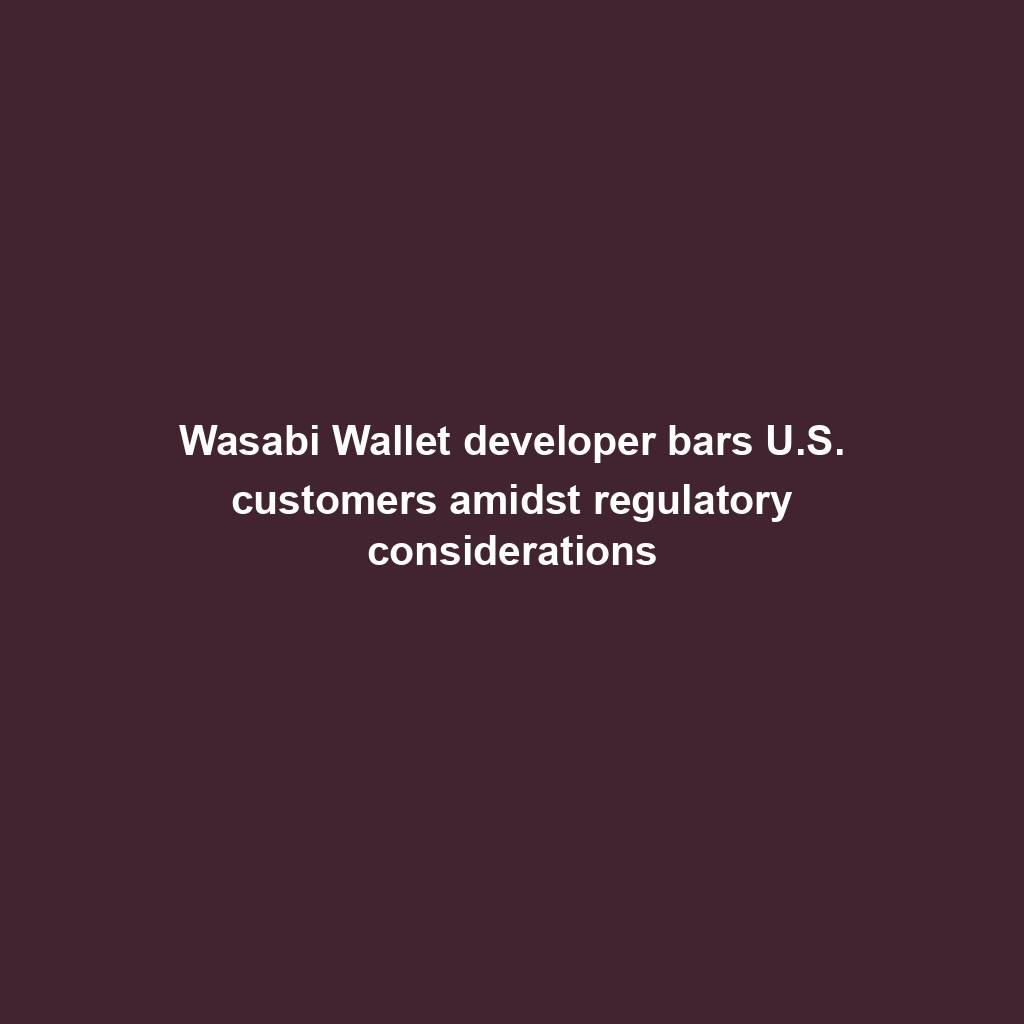
Analyst Foresees Peak In Late 2025

Solo Bitcoin miner wins the three.125 BTC lottery, fixing legitimate block

Ace Exchange Suspects Should Get 20-Year Prison Sentences: Prosecutors

Google Cloud's Web3 portal release sparks debate in crypto trade
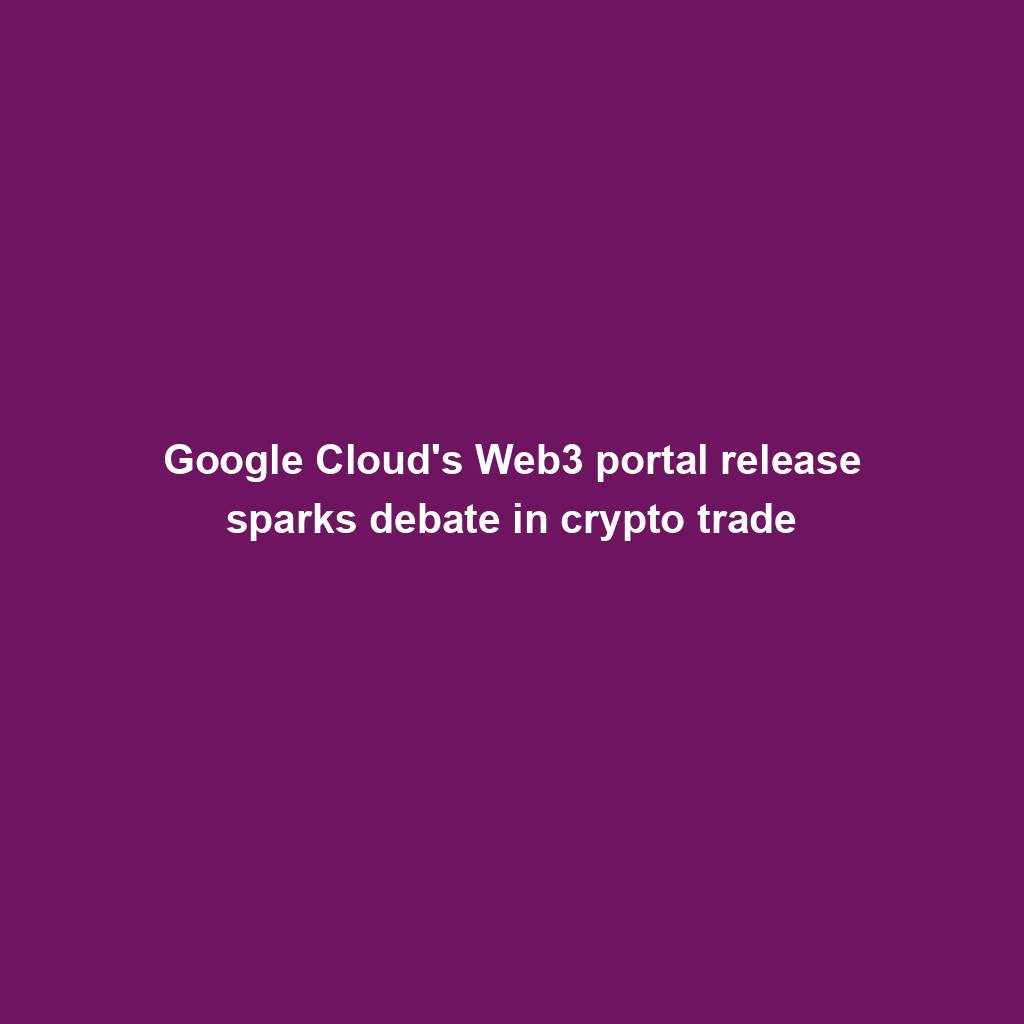
Bitcoin Primed For $77,000 Surge

Bitbot’s twelfth presale level nears its finish after elevating $2.87 million

PANDA and MEW bullish momentum cool off: traders shift to new altcoin

Commerce technique: Ecommerce is useless, lengthy are living ecommerce

Republic First Bank closed by way of US regulators — crypto neighborhood reacts
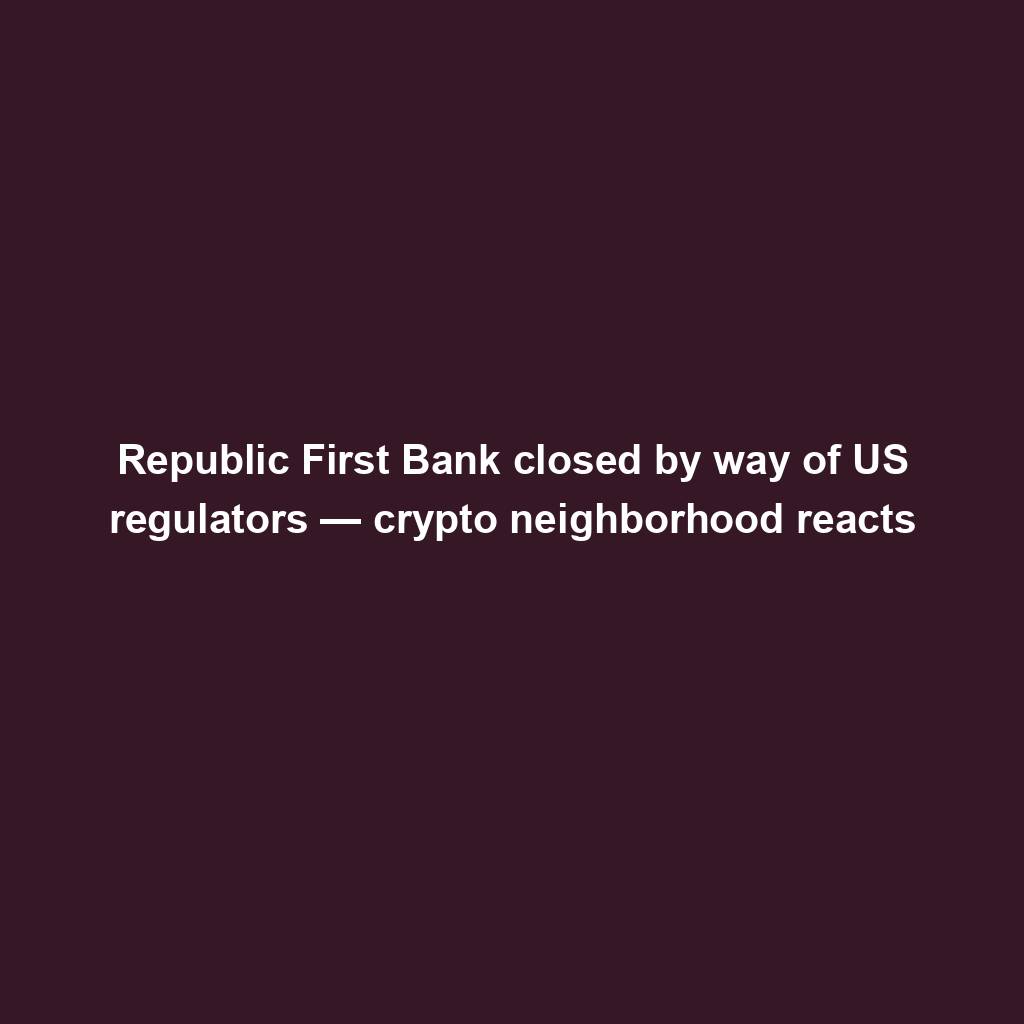
China’s former CBDC leader is beneath executive investigation

Bigger isn’t all the time higher: How hybrid Computational Intelligence development permits smaller language fashions
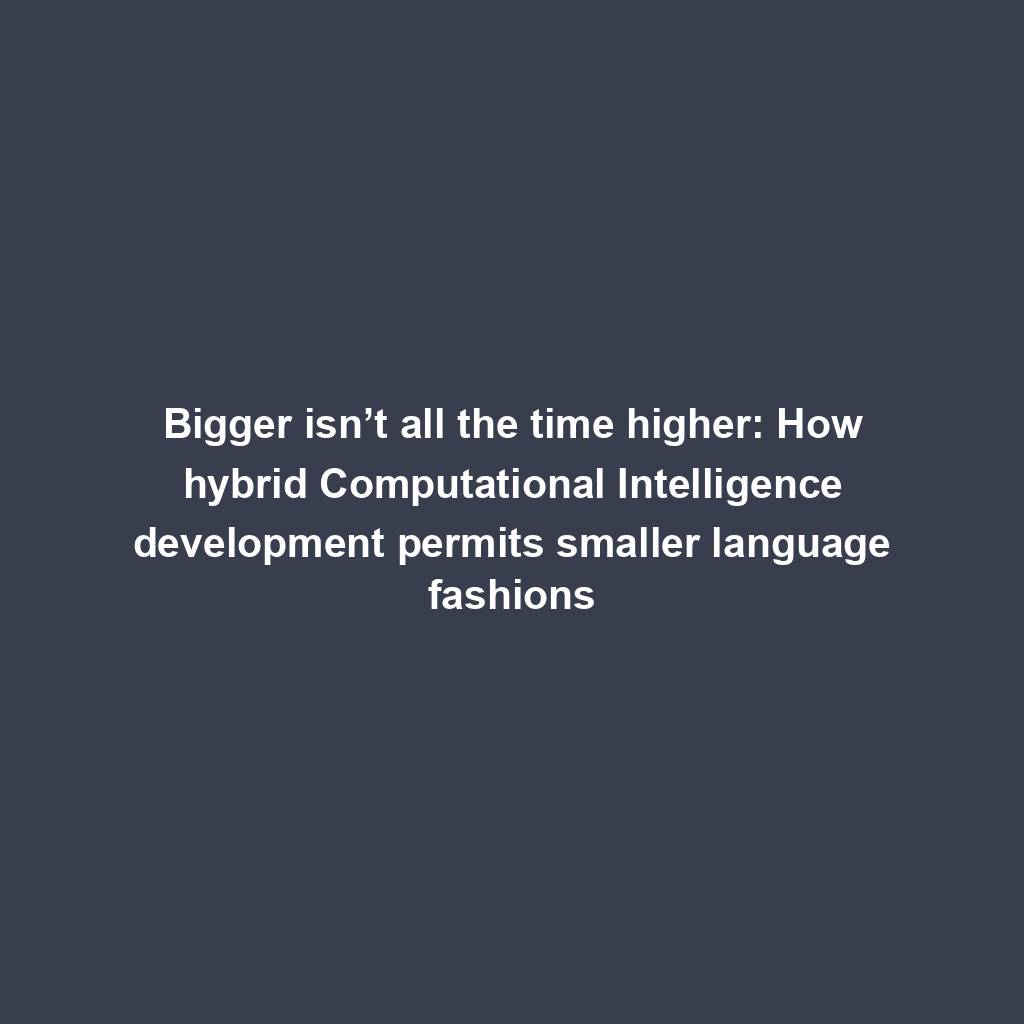
Pantera Capital buys extra Solana (SOL) from FTX
Successful Beta Service release of SOMESING, ‘My Hand-Carry Studio Karaoke App’

SEC sues Bitcoin miner Geosyn Mining for fraud; Bitbot presale nears $3M

Business procedure reengineering (BPR) examples

85% Of Altcoins In “Opportunity Zone,” Santiment Reveals
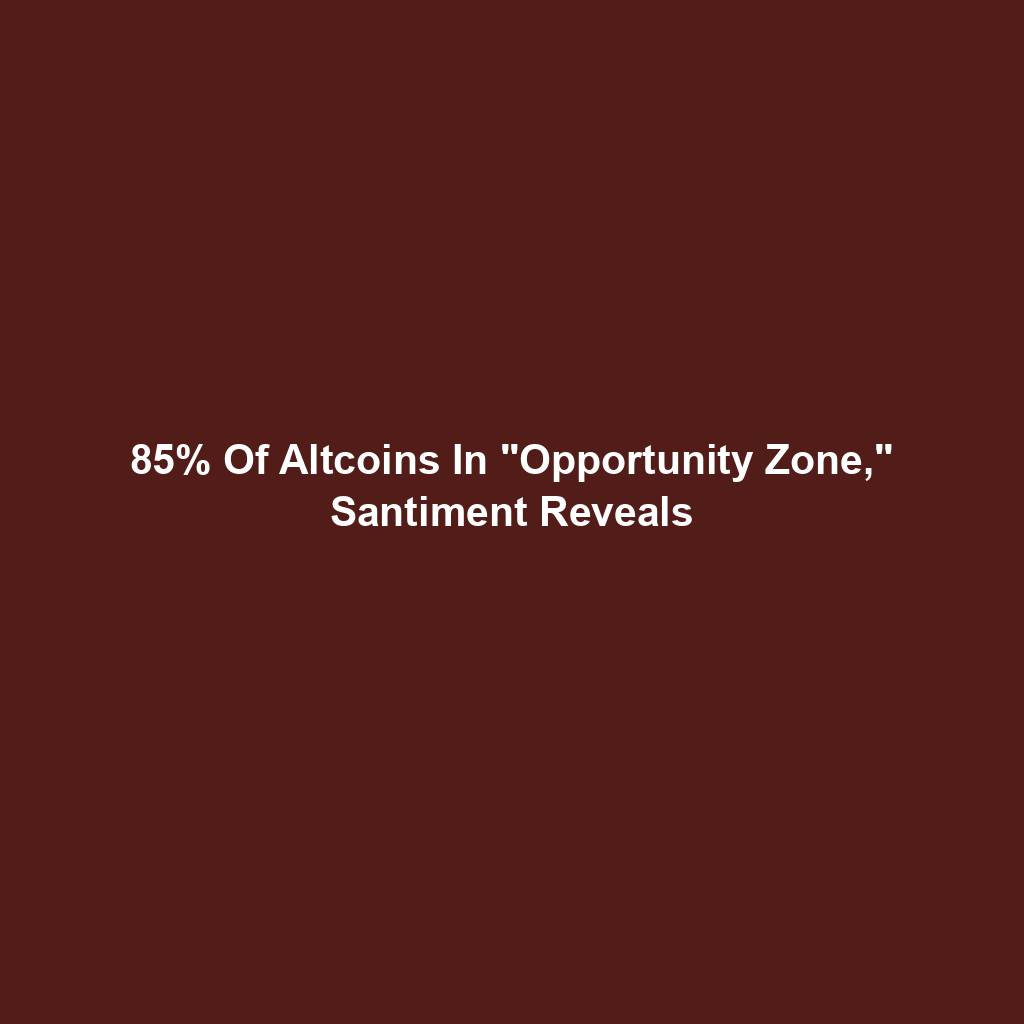
Sam Altman’s Worldcoin eyeing PayPal and OpenAI partnerships
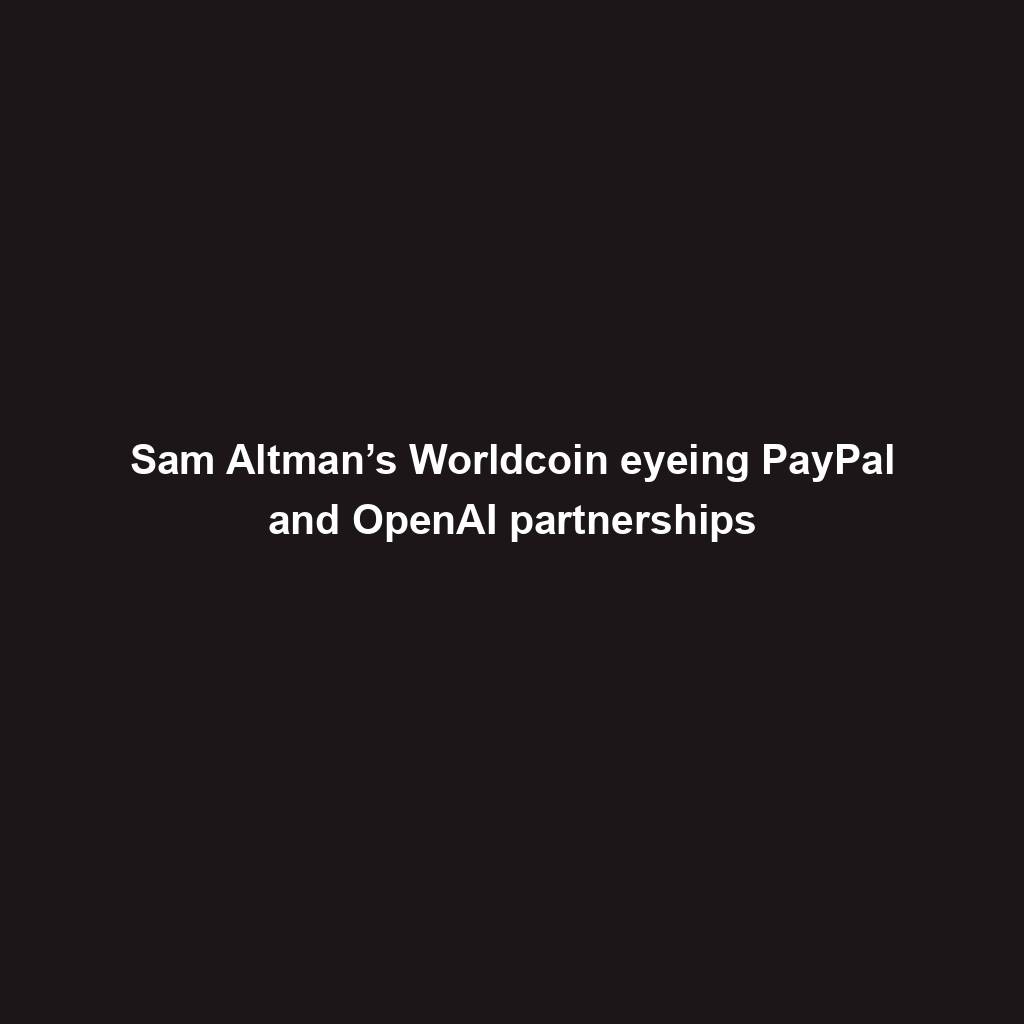
Artificial Intelligence transforms the IT strengthen enjoy

Franklin Templeton tokenizes $380M fund on Polygon and Stellar for P2P transfers
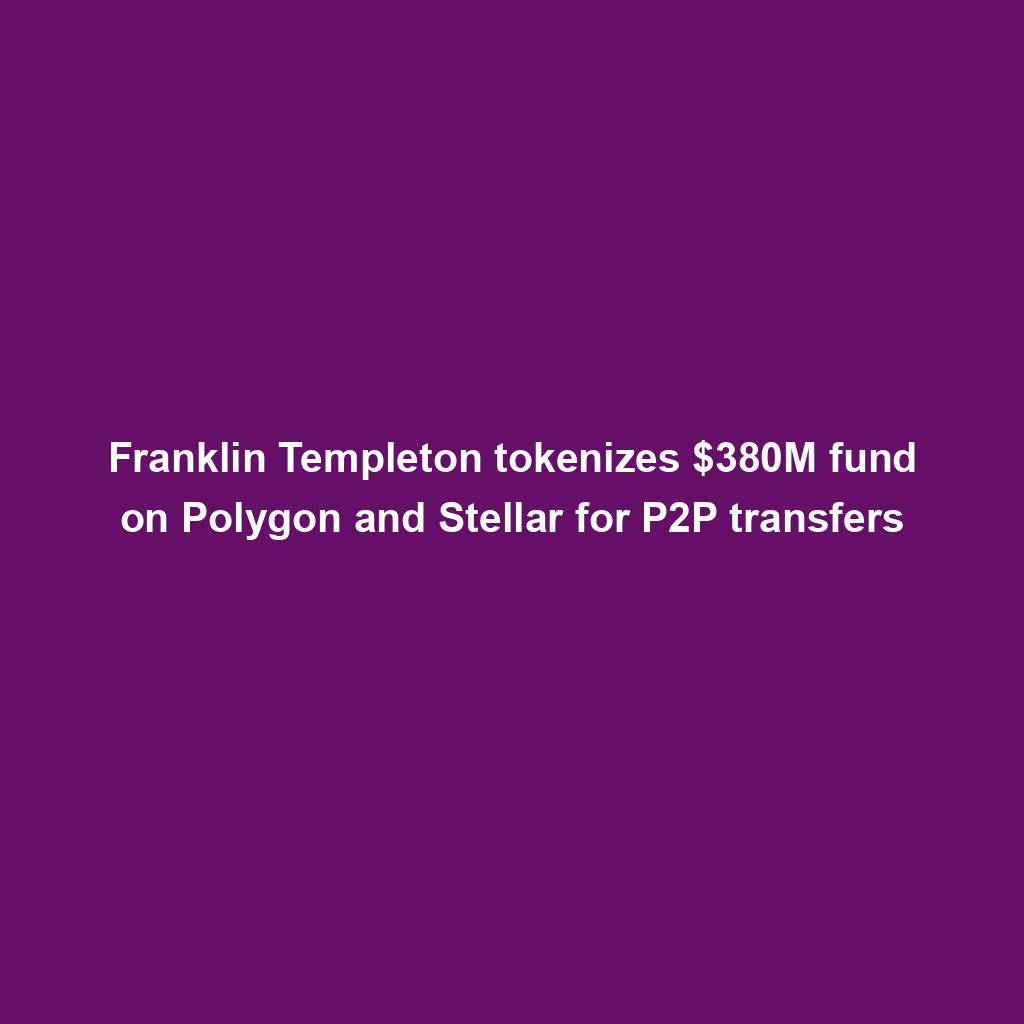
Meta’s letting Xbox, Lenovo, and Asus construct new Quest metaverse {hardware}
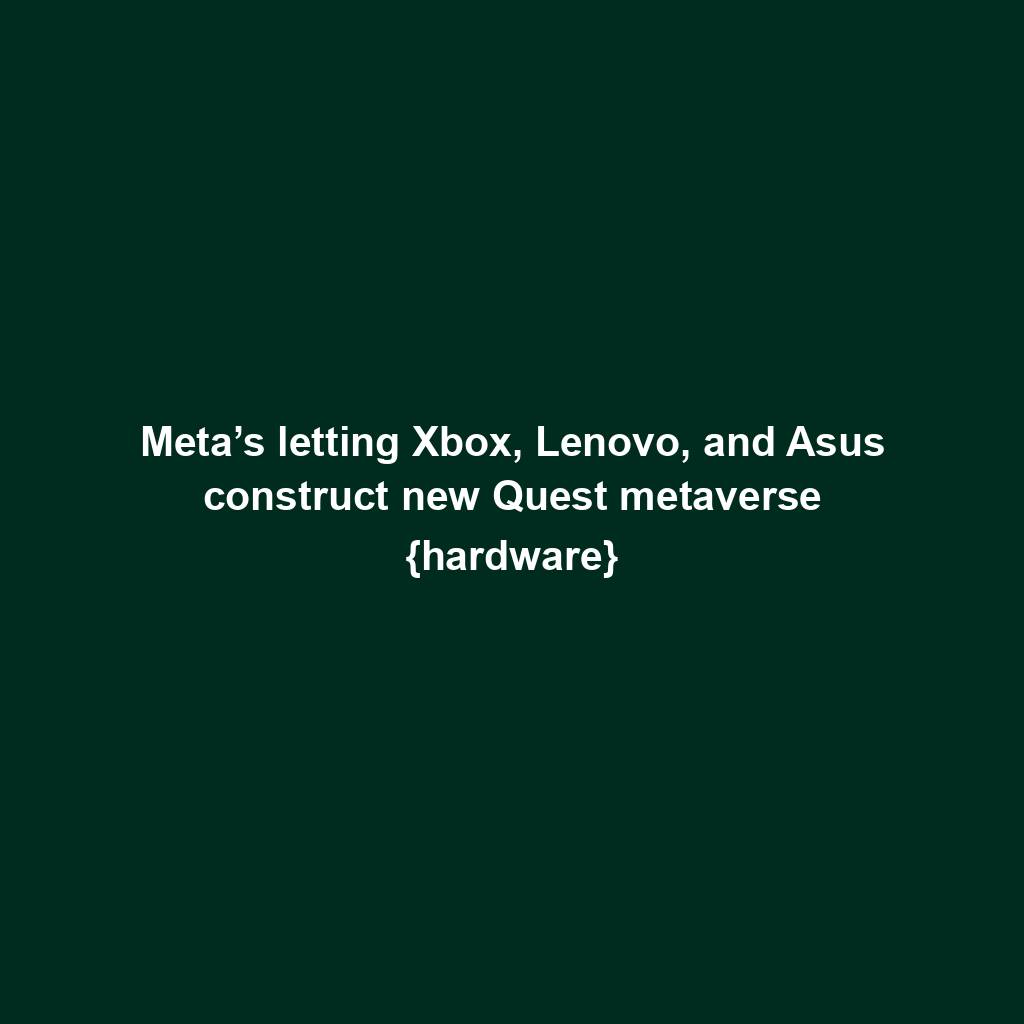
Shiba Inu (SHIB) unveils bold Shibarium plans as Kangamoon steals the display
